Tag: unity
-
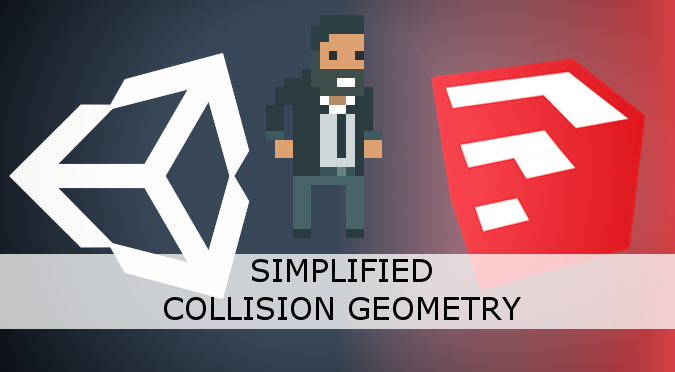
Simplified Collision Geometry
This tutorial shows how to automatically generate simplified colliders for 3D models imported into Unity. The tutorial uses Google SketchUp as an example, but its knowledge and code is agnostic to whichever modelling tool you are using.
-
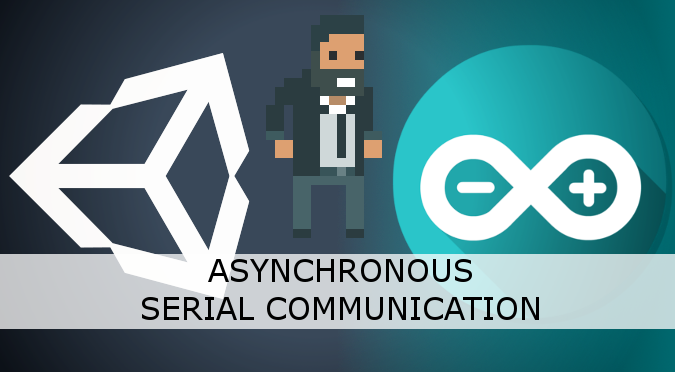
Asynchronous Serial Communication
—
In a previous post, How To Integrate Arduino With Unity, we have shown how data can be sent and received through the serial port. The main problem encountered was dealing with the latency and the delays that communicating across different devices introduces. The solution proposed in that tutorial used a coroutine; decoupling the device communication from the game logic attenuates the…
-

Fractals 101: The Mandelbrot Set
This is the second part of Fractals 101, a series of tutorial dedicated to fractals. This post will investigate two popular fractals: the Mandelbrot set and its 3D cousin, the Mandelbulb.
-
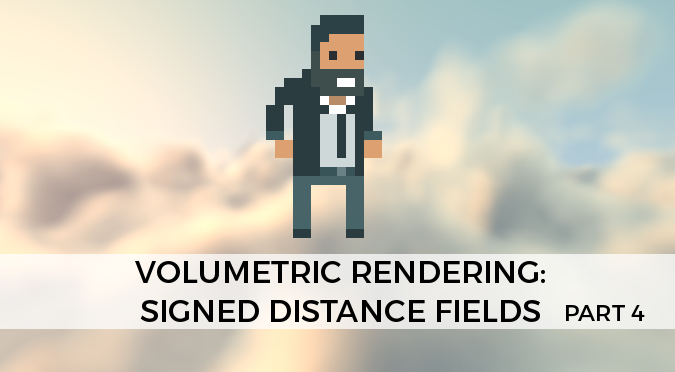
Volumetric Rendering: Signed Distance Functions
This tutorial explains how to create complex 3D shapes inside volumetric shaders. Signed Distance Functions (often referred to as Fields) are mathematical tools used to describe geometrical shapes such as spheres, boxes and tori. Compared to traditional 3D models made out of triangles, signed distance functions provide virtually infinite resolution, and are amenable to geometric manipulation. The following animation,…
-
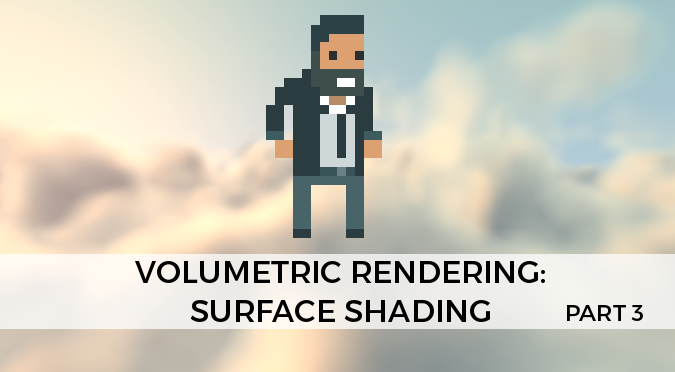
Volumetric Rendering: Surface Shading
This third instalment on Volumetric Rendering will explain how to shade volumes in a realistic fashion. This essential step is what gives three-dimensionality to the flat, unlit shapes that have been generated so far with raymarching. You can find here all the other posts in this series: The full Unity package is available at the end of this article. 📦
-
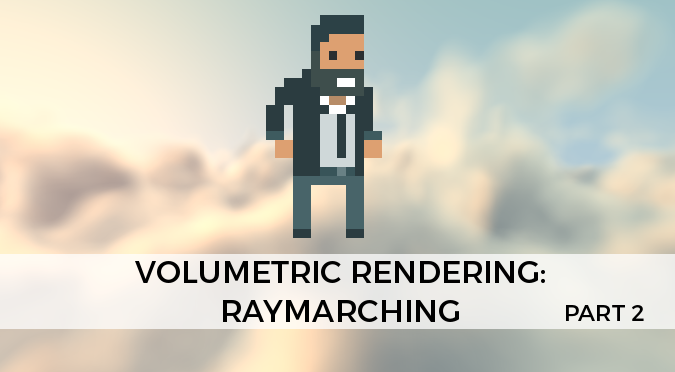
Volumetric Rendering: Raymarching
This post continues the tutorial on volumetric rendering, introducing one of the most used techniques: raymarching. You can find here all the other posts in this series: The full Unity package is available at the end of this article. 📦
-

Volumetric Rendering
This is the first part of a Unity tutorial dedicated to Volumetric Rendering, raymarching and signed distance fields. These techniques allow us to overcome the biggest limitation of modern 3D engines, which only let us render the outer shell of an object. Volumetric rendering enables the creation of realistic materials that interact with light in a complex way, such as fog, smoke, water…
-
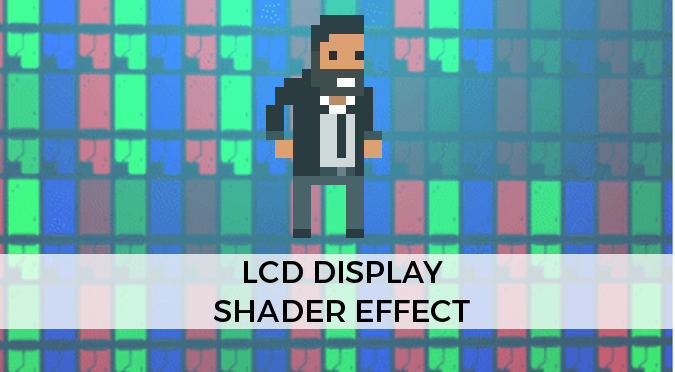
LCD Monitor Shader Effect
This tutorial will show how to create a realistic shader that simulate the look and feeling of LCDs (Liquid Crystal Displays). Developer Monomi Park has recently announced (link) a new update to their game Slime Rancher. One of the most intriguing cosmetic effect that is going to be added is a special LCD shader that makes…
-
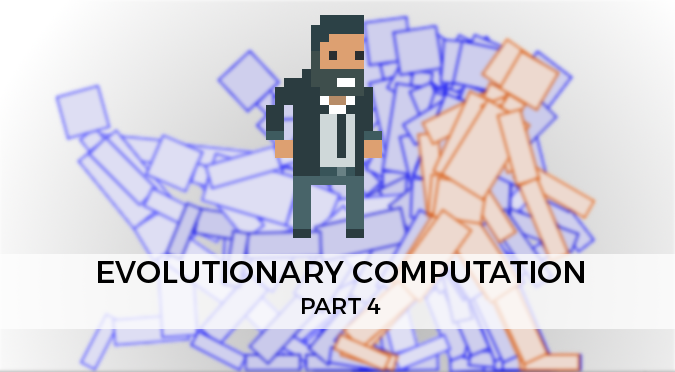
Evolutionary Computation – Part 4
—
Our journey to harness the power of evolution is coming to an end. In the previous three parts of this tutorial we have constructed a bipedal body and a mutable genome that determines its behaviour. What’s left now is to actually implement the evolutionary computation that will find a successful walking strategy.
-

Evolutionary Computation – Part 3
—
When we are looking at a problem through the lens of evolution, we always have to take into account its two faces: the phenotype and genotype. The previous post focused on creating the body of the creature, together with its brain. It is now time to focus on the genotype, which is the way such information is represented, transmitted…
